Instead of counting calories, become more aware of the food that your body needs to keep you healthier and stronger and learn how to control the serving sizes to avoid holiday weight gain.
Start your simple food and exercise journal. My lifestyle coaching clients send me their food and exercise journals (texts/photos) every day. Those who were consistent with this habit became very successful in maintaining or losing their weight. I consider journaling as one of the most effective ways to stay on track. I’ve been keeping a lifestyle journal for more than a decade already. You can start today by getting a notebook or using your phone, tablet, or laptop to record your food and exercises for the day. It will only take you an average of five minutes to complete everything.
Prepare smaller plates and kitchen measuring tools for your main meals and snacks. My portion control strategy uses a small bowl for my main meals and puts the rice, vegetables, and protein in a bowl. Use a measuring cup for vegetables, rice, pasta, and noodles. Use measuring spoons for your salad dressing, oil, sauces, and spreads.
Use food guide for effective portion and quality control
I am sharing some of my clients’ (Carole Tagle, Giselle Eduque, and Cecile Wieneke) healthy meals so you can get a good picture of the ideal food serving sizes. They were able to make healthy eating at home a lifestyle habit, especially this pandemic, because of proper meal timing, food planning, preparation, and portion control.
- Vegetables
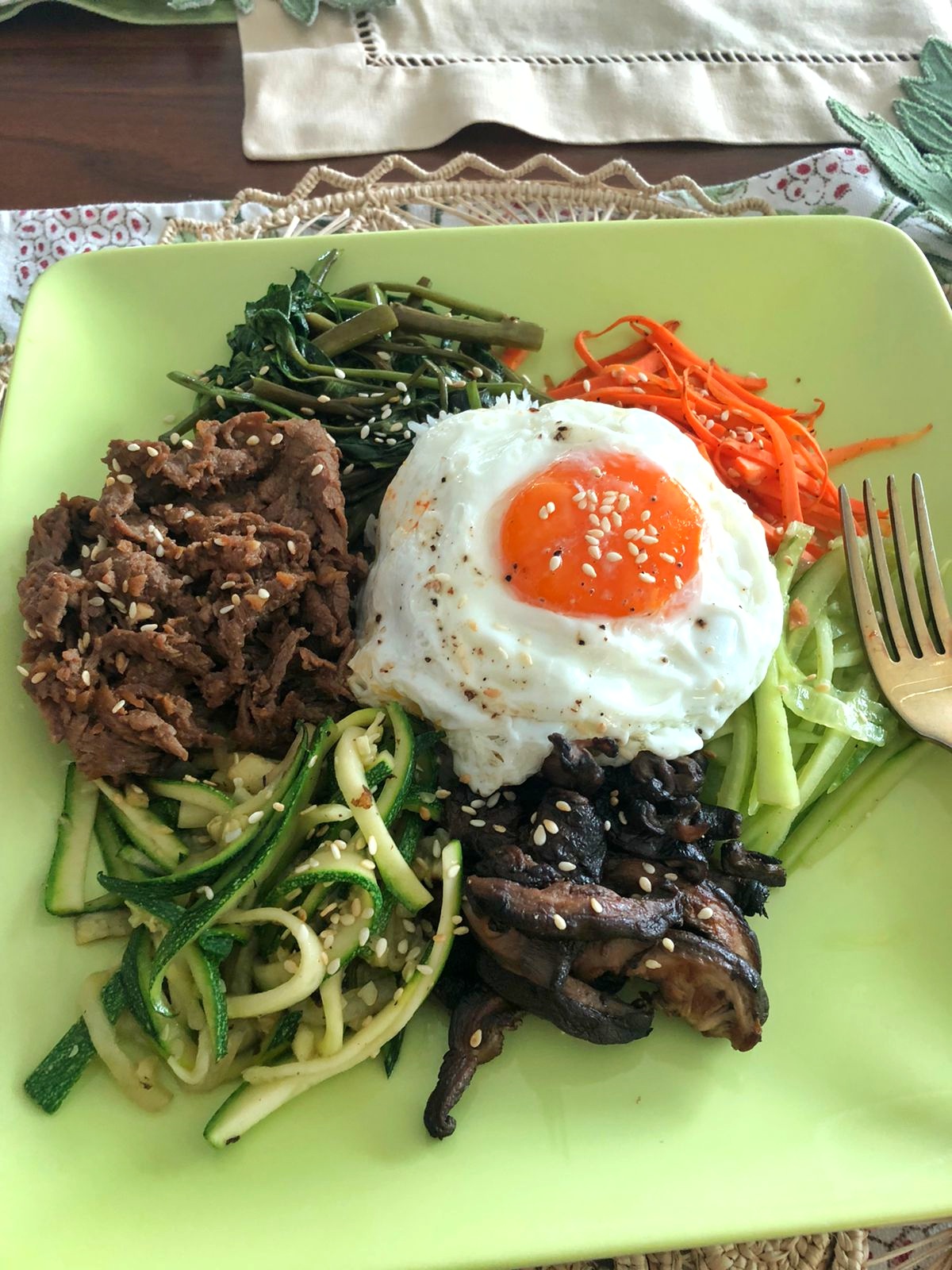
Try to have at least two cups of cooked vegetables or five cups of raw leafy vegetables (lettuce or kale) per day to get the essential vitamins, minerals, and fiber needed to improve health and fight diseases.
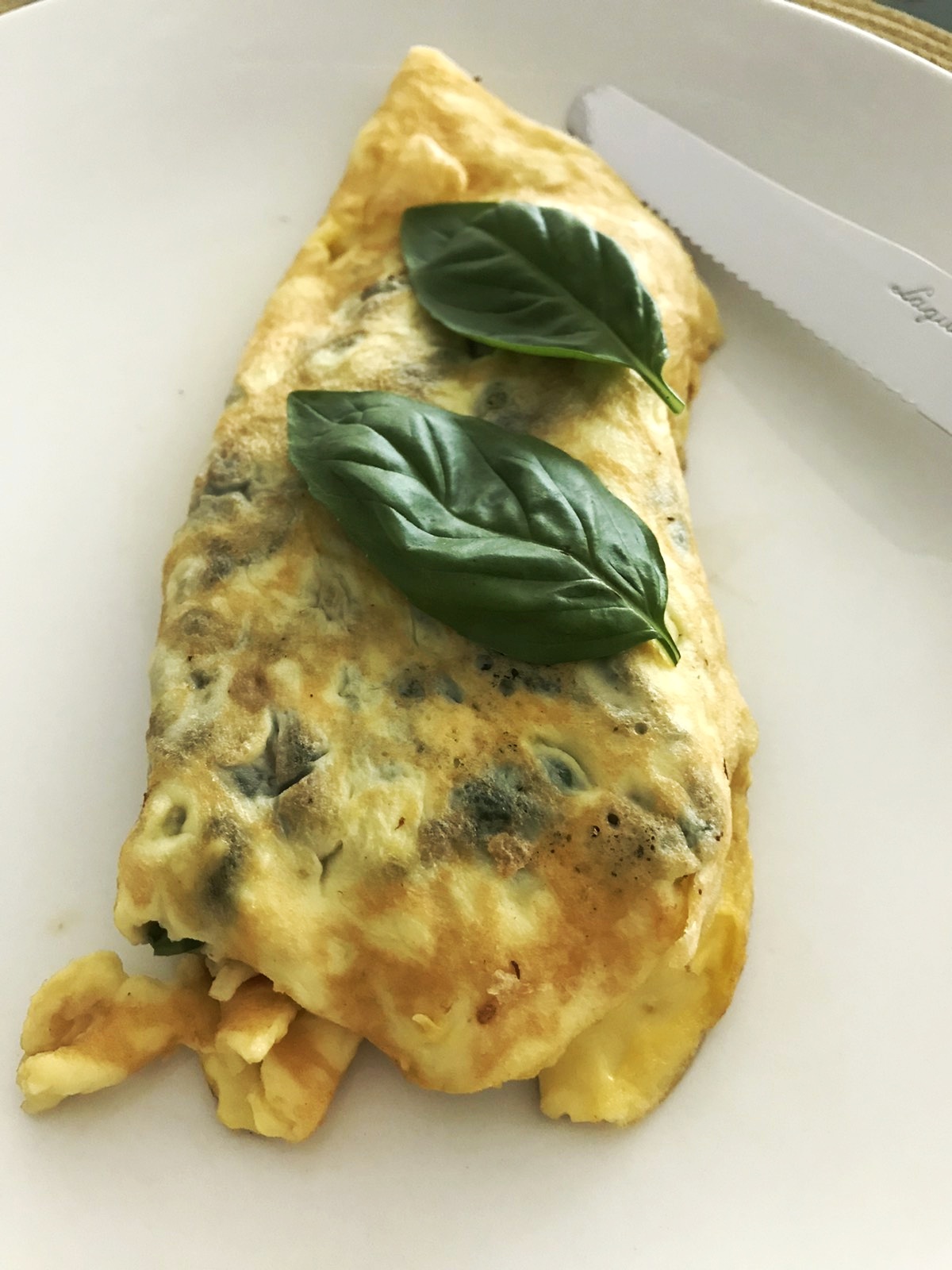
You can always incorporate your vegetables during main meals like a vegetable omelette for breakfast, a bowl of salad with a tablespoon of dressing, or stir-fried mixed veggies with protein for lunch and dinner/a vegetable shake for your snack. To manage your weight, you can reduce your grains intake like rice, bread, cereals, pasta, and noodles by increasing your vegetable intake.
- Grains
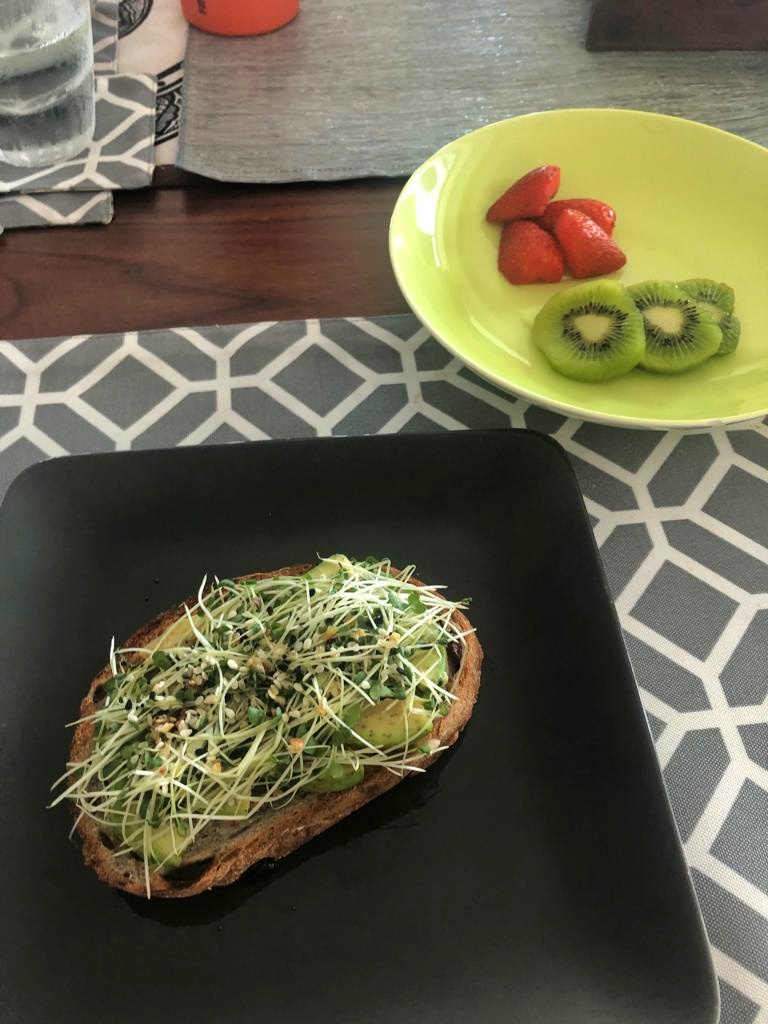
Limit your grains to one half to one cup per meal or one to two pieces of whole-grain, multi-grain, or whole wheat bread. You can have a roast chicken sandwich (one to two slices of bread) and a bowl of salad (one to two cups of lettuce with one tablespoon of dressing).
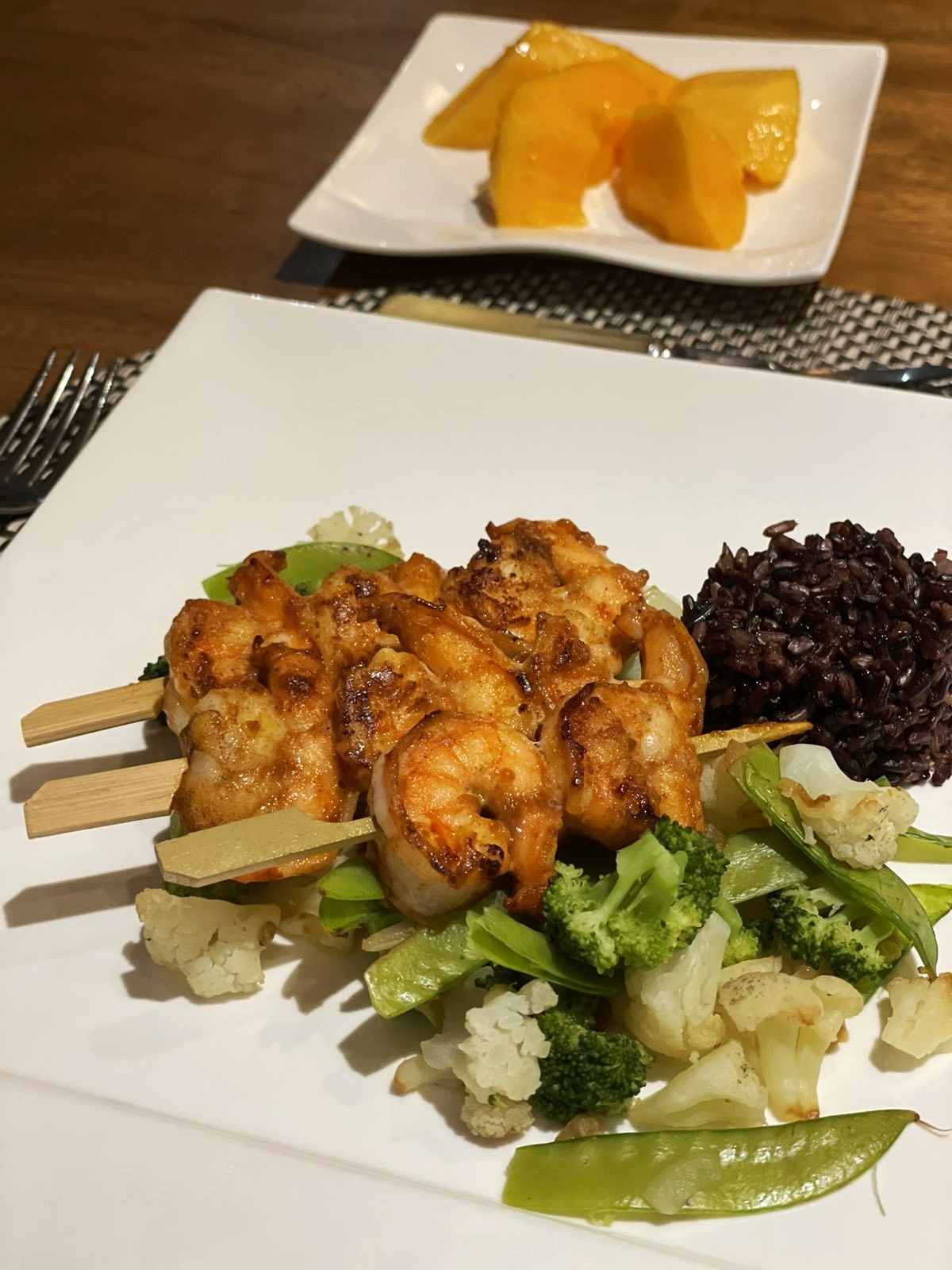
You can combine half a cup of brown rice with one to one and a half cups of cooked vegetables like broccoli, spinach, carrot, and bell pepper and a serving of fish or lean meat to get the right amount of fullness and satisfaction needed to avoid the afternoon and late-night hunger pangs or cravings.
- Fruits
To avoid extra calories and too much sugar, try to limit fruit servings. You can have two to three fruit servings (one serving = one cup) per day, depending on your health condition. Eat more fruits with lower sugar content, such as blueberries, strawberries, papaya, peaches, honeydew melon, and plums.
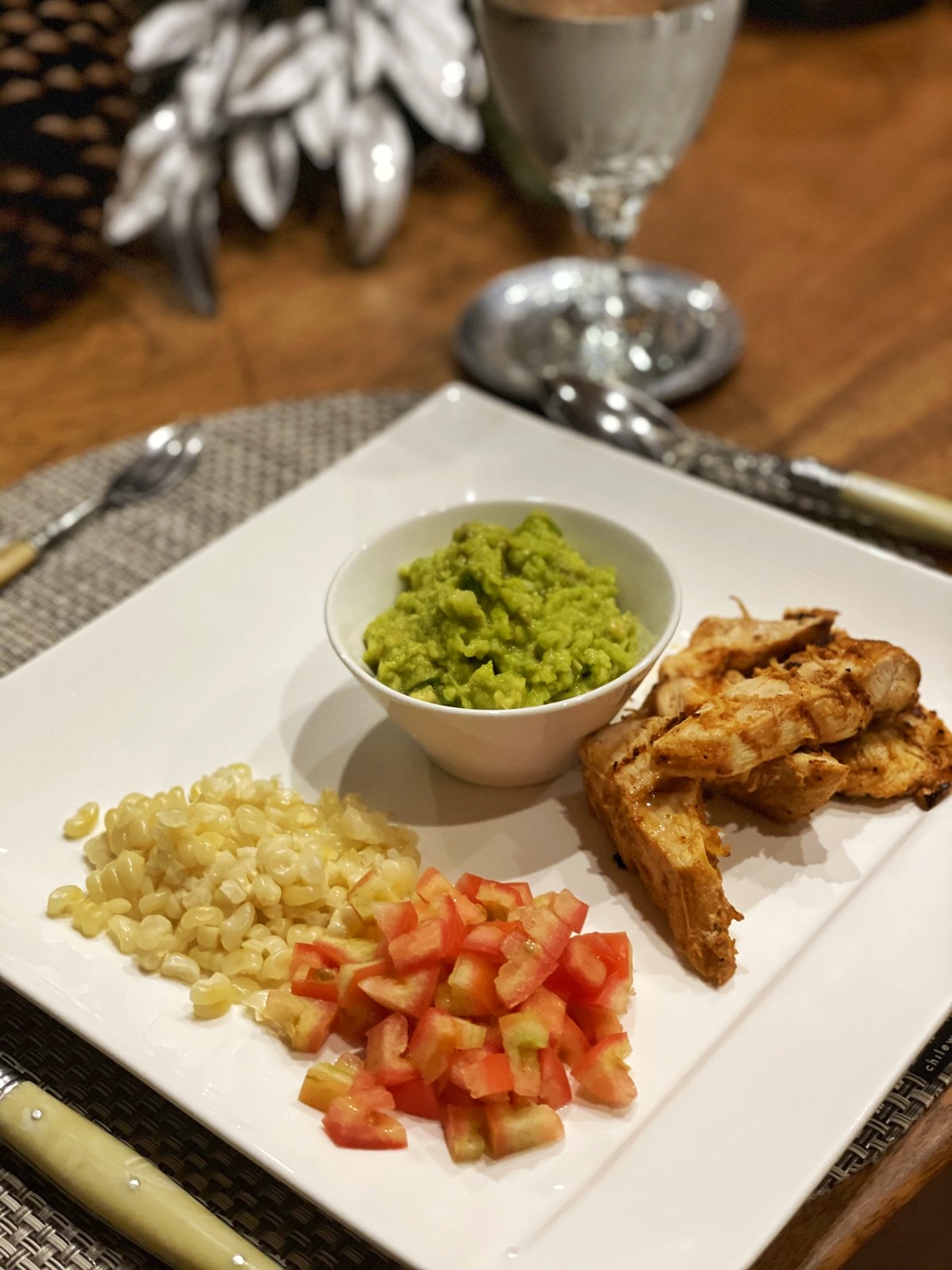
Avocado is one of the healthiest fruits, but it is high in calories (250 to 300 calories per piece). You can have half an avocado every day and combine it with your breakfast toast and egg, make it a dessert, or mix it with your main meals.
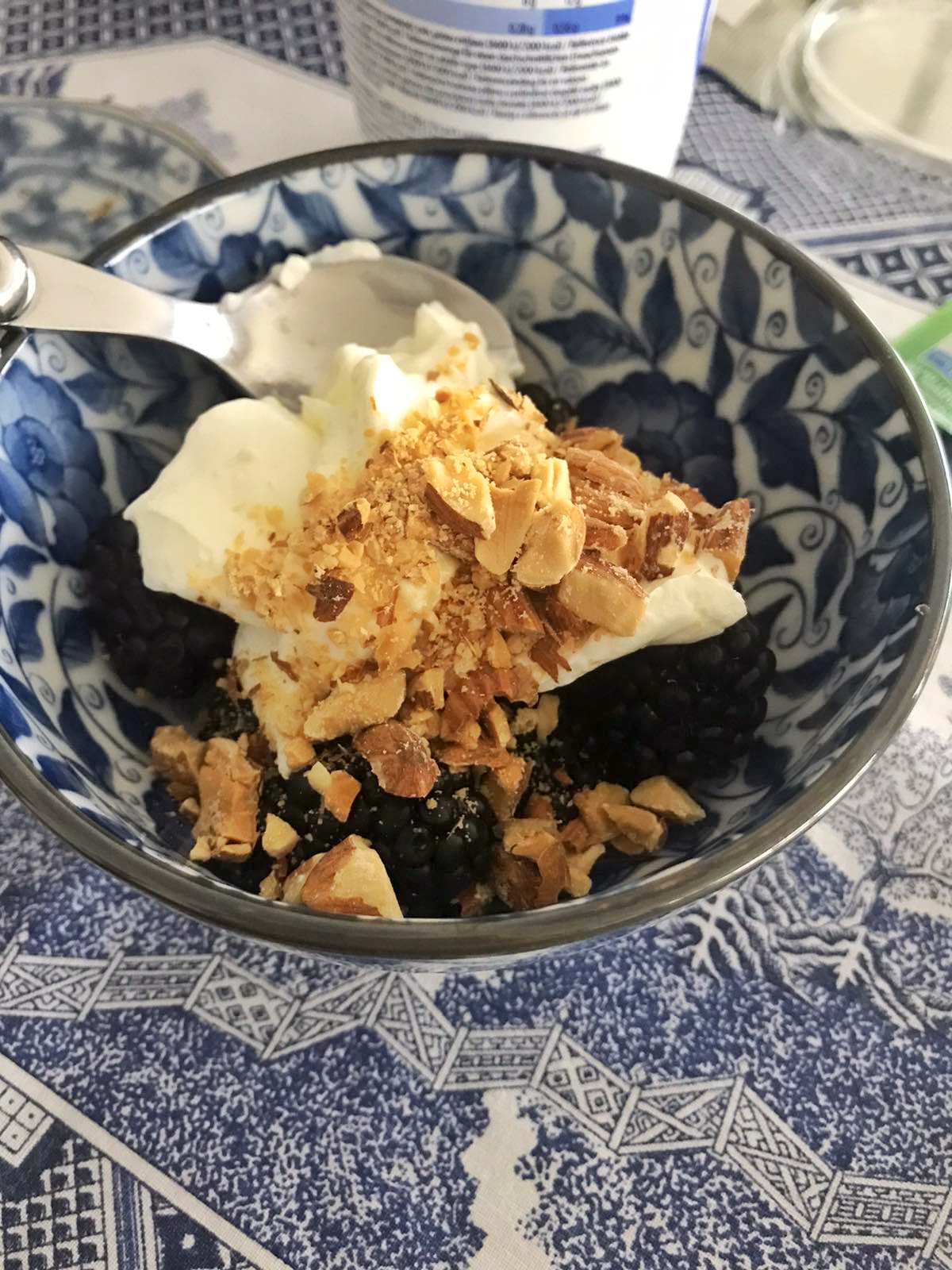
Other fruits like mangoes and bananas are higher in sugar and calories, so limit the consumption to half per day. Fruits are healthy and good alternatives for sweets, especially with nuts, seeds, yogurt, and milk.
- Protein sources
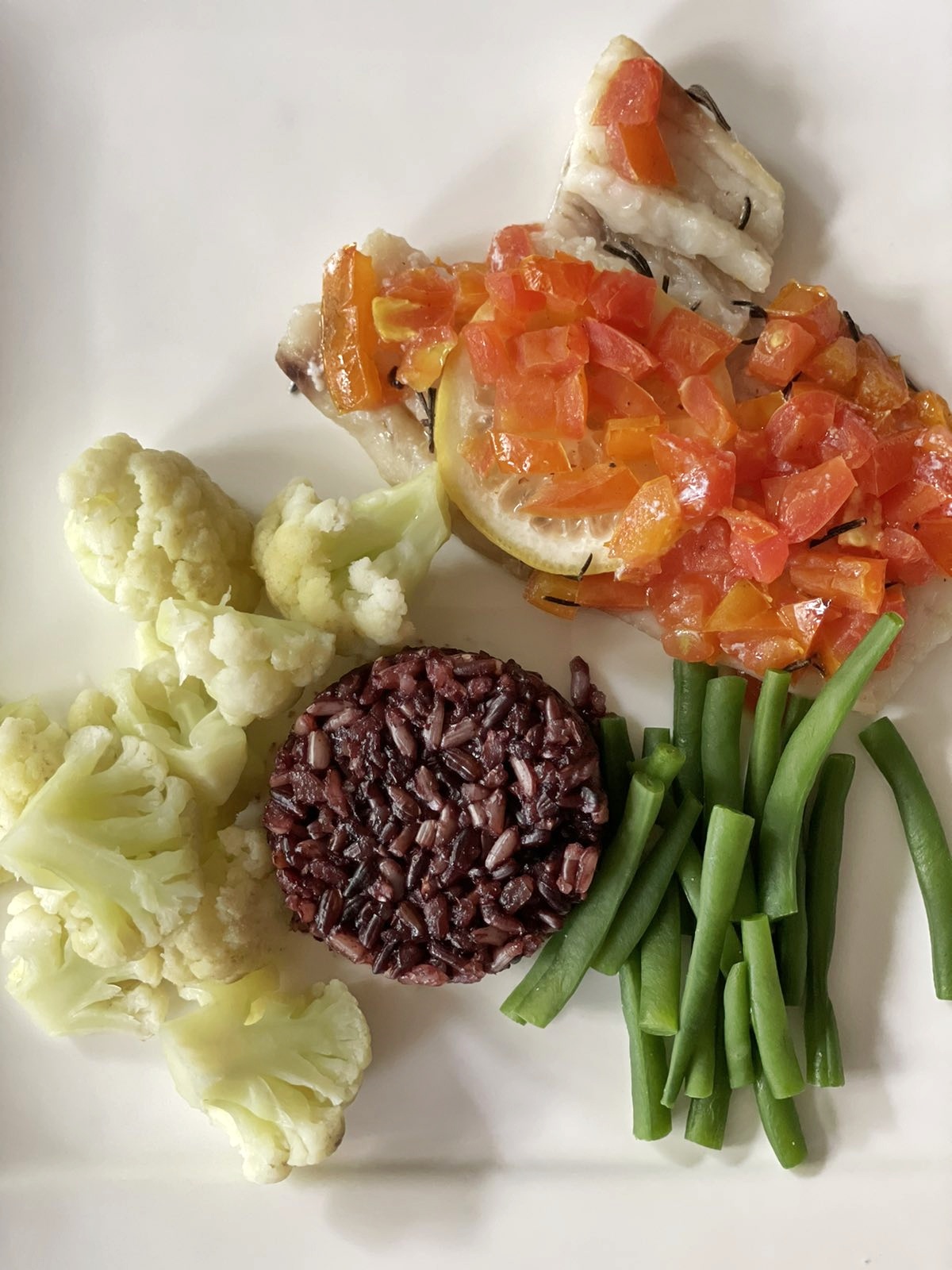
Protein sources like chicken, fish, beef, nuts, cheese, seeds, and milk are essential to your muscle growth, tissue repair, and appetite regulation. Your protein needs would depend on your body size, activity level, and health goals. Use your palm as a guide for your protein serving size (your palm= one serving).
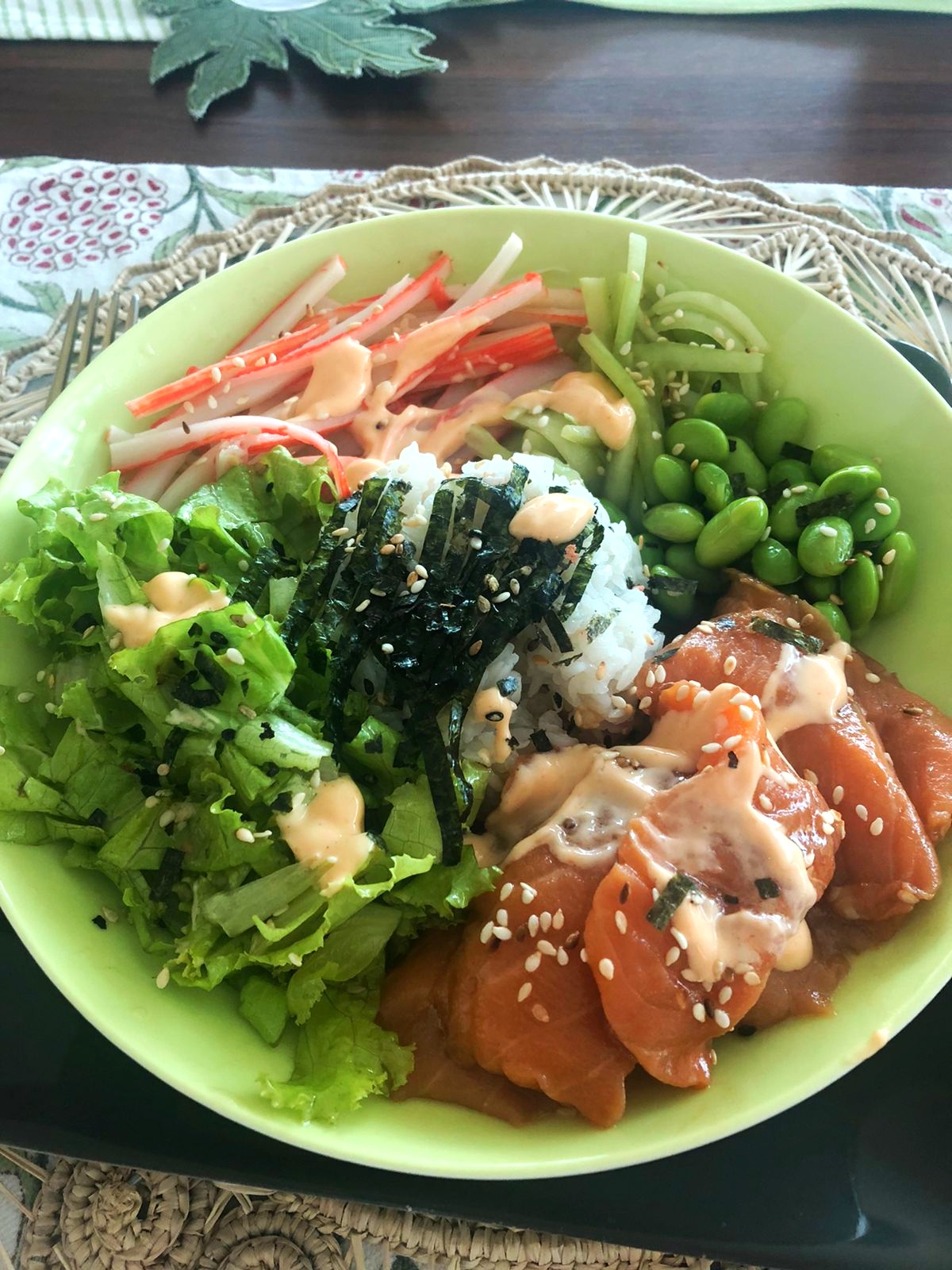
You can have one serving of chicken or fish with your grains and vegetables like chicken breast. Avoid deep-fried foods like tempura and limit the sauces of creamy and salty foods like adobo, kaldereta, and kare-kare.
Regulate the consumption of other healthy protein sources, but with higher calorie content, because of healthy fats like seeds and nuts (almonds, pistachios, cashew, and walnuts) to 30 grams, one handful or 1/4 cup per day. Nuts and seeds are healthier alternatives for unhealthy snacks like chips, pastries, and cakes.
You can have two to three servings of dairy products per day (one serving = one glass milk, thumb-size cheese, and one cup yogurt) that you can have for breakfast/snack.
- Comfort food
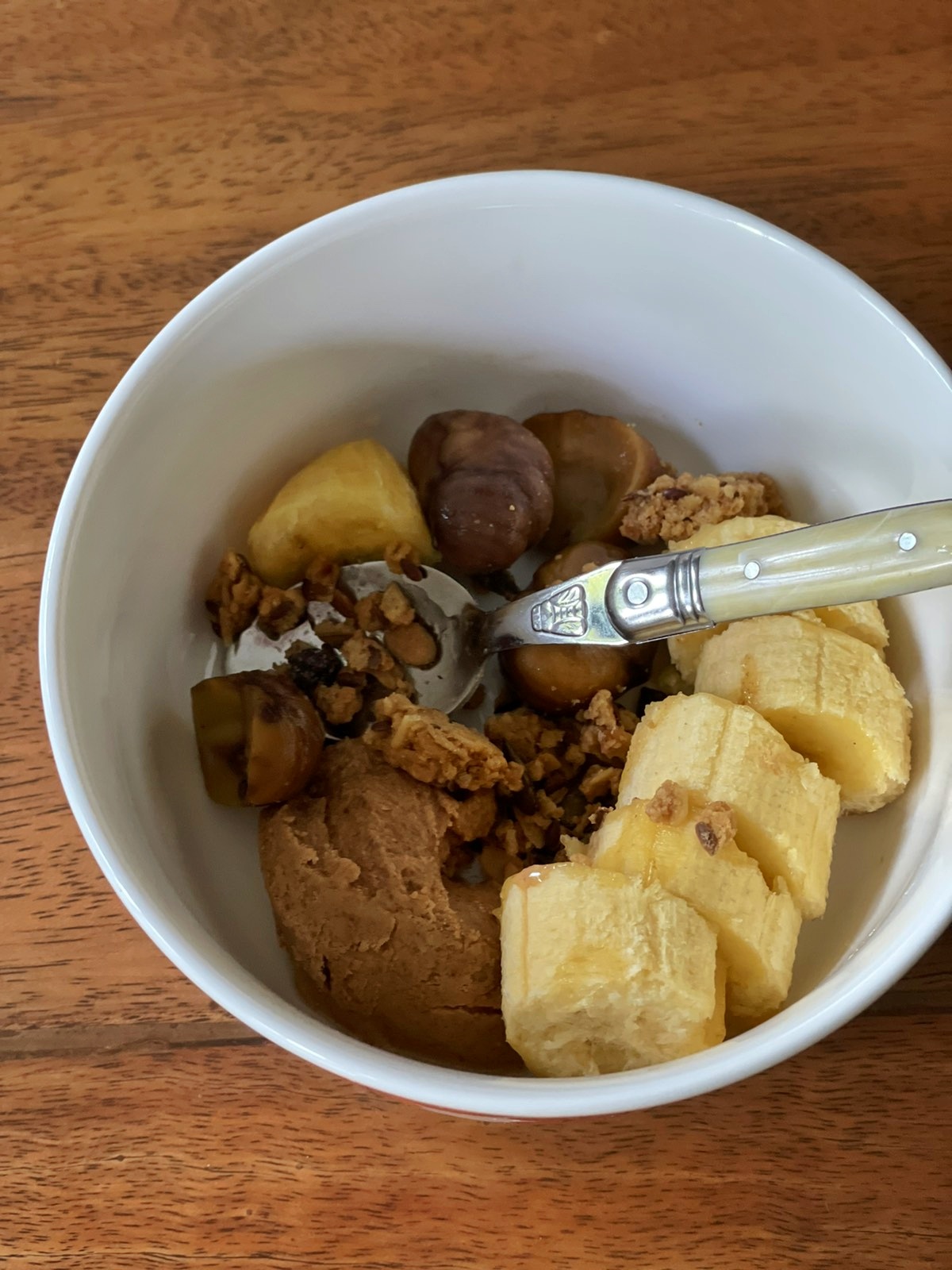
Limit the consumption of high-calorie sweets, pizza, chocolates, cakes, chips, and sweetbreads. Avoid bread filled with sugary butter and cream like cakes, croissants, and donuts. If ever, you can have a serving of these comfort foods once a week, or you can make sugar-free, fat-free desserts at home.
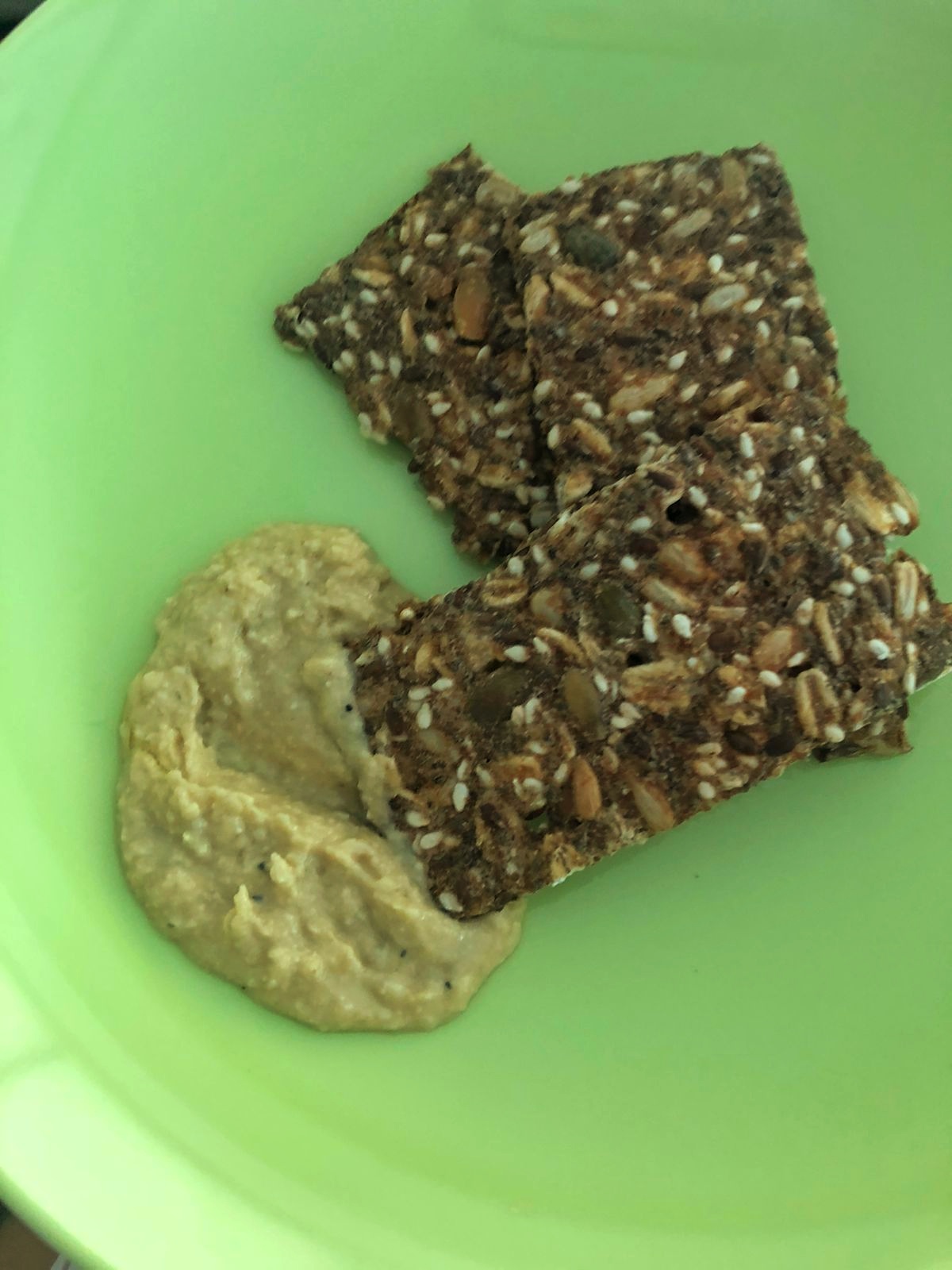
Limit the consumption of heavy and dense bread, like pizza. Keep in mind that a standard slice of a pizza has 300 calories, equivalent to two to three slices of bread. You can replace a pizza with a tortilla wrap topped with cheese and chicken or multi-grain crackers with a healthy dip.
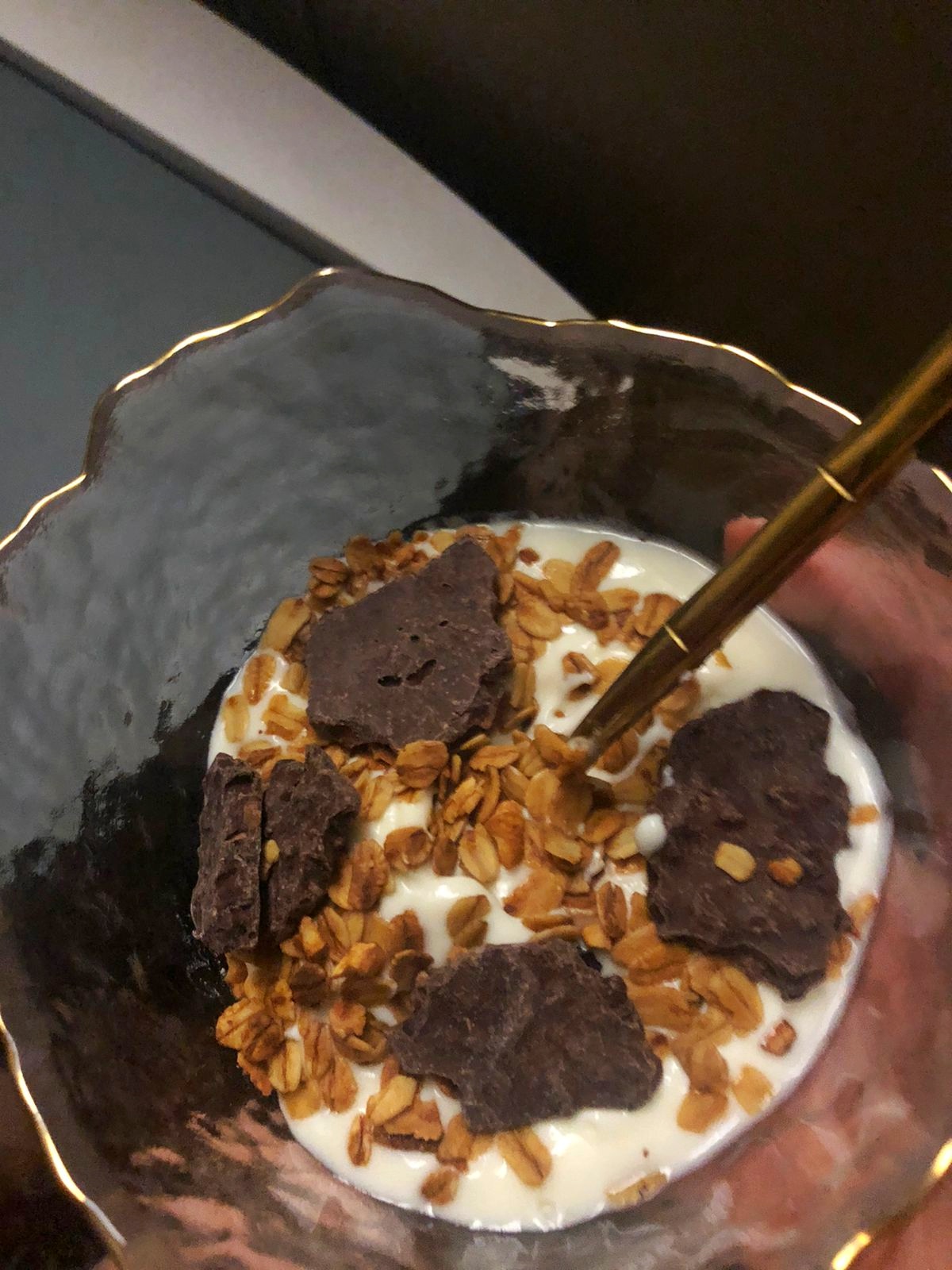
For sweet cravings, choose to eat cacao nibs or dark chocolate and limit your consumption to 30 grams (or 2 tablespoons) per day.
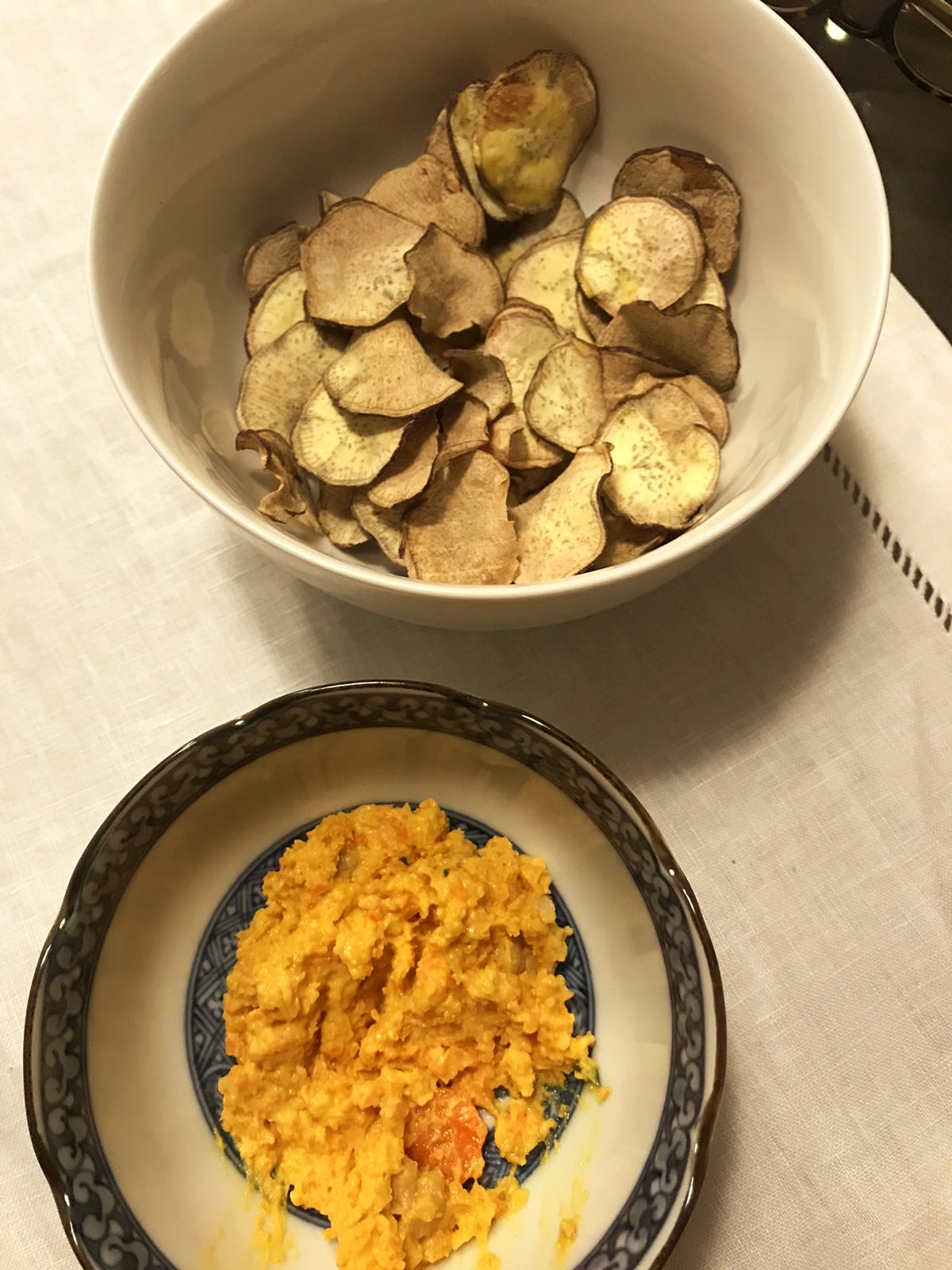
Replace potato or corn chips with healthier snack alternatives like plain air-popped popcorn, air fryer-fried cassava chips, baked vegetable chips, or seaweed snacks.
- Alcohol
If ever you will drink alcohol this holiday season, try to limit alcohol consumption to two to three servings a week or a maximum of one serving per day. One serving is equivalent to a bottle of beer, one glass of wine, and one shot of hard drinks like vodka and whiskey. Alcohol is high in calories (especially cocktails and mixed drinks) that won’t provide nutritional benefits to your body. You can lessen alcohol consumption by drinking more water, choosing light beers, and setting a limit for yourself during the occasion.
Email the author at [email protected] or follow her on Instagram @mitchfelipemendoza









































